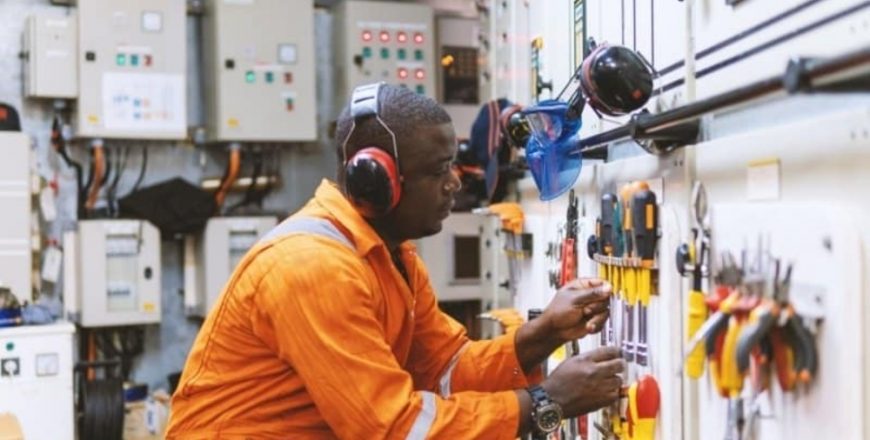
On a marine engineer apprenticeship course, you’ll design and oversee testing, installation and repair of marine apparatus and equipment. A marine engineer works on yachts, commercial ships, and superyachts.
You will install, maintain, diagnose, and repair marine engines, auxiliary systems, and equipment in this position.
You will also design and build solutions to meet boat layouts, restrictions, and engineering requirements and build boat engineering systems from engineering and technical drawings to specifications.
To work to tight tolerances, you’ll need to employ various measuring equipment, machines, and tools. In addition, you will be responsible for fabricating, assembling, disassembling, stripping, repairing, and rebuilding components.
You’ll learn how to be a good communicator and problem solver, capable of commissioning and testing boat systems and holding yourself responsible for the quality and accuracy of your work. You will also be needed to participate in sea trials regularly.
What you’ll learn
On a marine engineer apprenticeship course, you’ll learn to:
- Explain marine engineering concepts, ideas, and processes relevant to the customer, use appropriate listening, questioning, nonverbal communication, recording, and presenting methodologies.
- Comply with quality, health, safety regulations, and environmental regulations.
- Prepare the work environment so that marine engineering activities may be completed.
- Work effectively and productively.
- Keep sustainability and environmental consequences in mind while making safety, quality, and cost decisions.
- Use mathematical concepts, formulae, and calculations in marine engineering operations.
- Calculate the time and expense of the work at hand.
- Select, manage, and store appropriate equipment and resources.
- Select/create/apply suitable engineering jigs, templates, and tooling.
- Measure and mark out to do precision machining and hand fitting procedures.
- Assemble, dismantle, refurbish, and refit marine engineering components, subassemblies, and systems using appropriate gear, equipment, tools, and materials.
- Examine, test, and troubleshoot marine engineering components in compliance with business and production standards.
- Examine the installation to ensure it meets the proper operating conditions and is free of faults.
Entry requirements
You’ll usually need:
- GCSEs in maths, English, a science and a technology
- Apprentices without level 2 English and maths will need to achieve this level before taking the end-point assessment.
Assessment methods
The End Point Assessment consists of two distinct assessment methods:
- Professional report
- Presentation and structured interview
Duration, level, subjects and potential salary upon completion
- Duration: 48 moths
-
Level: 3 – Advanced Apprenticeship
- Relevant school subjects: Science and DT
- Potential salary upon completion: £30,000 per annum
Apprenticeship standard
More information about the Level 3 Marine Engineer Apprenticeship standard can be found here.
Apprenticeship end point assessment
For more information about the End Point Assessment Process, please read the Institute of Apprenticeships’ information page.
